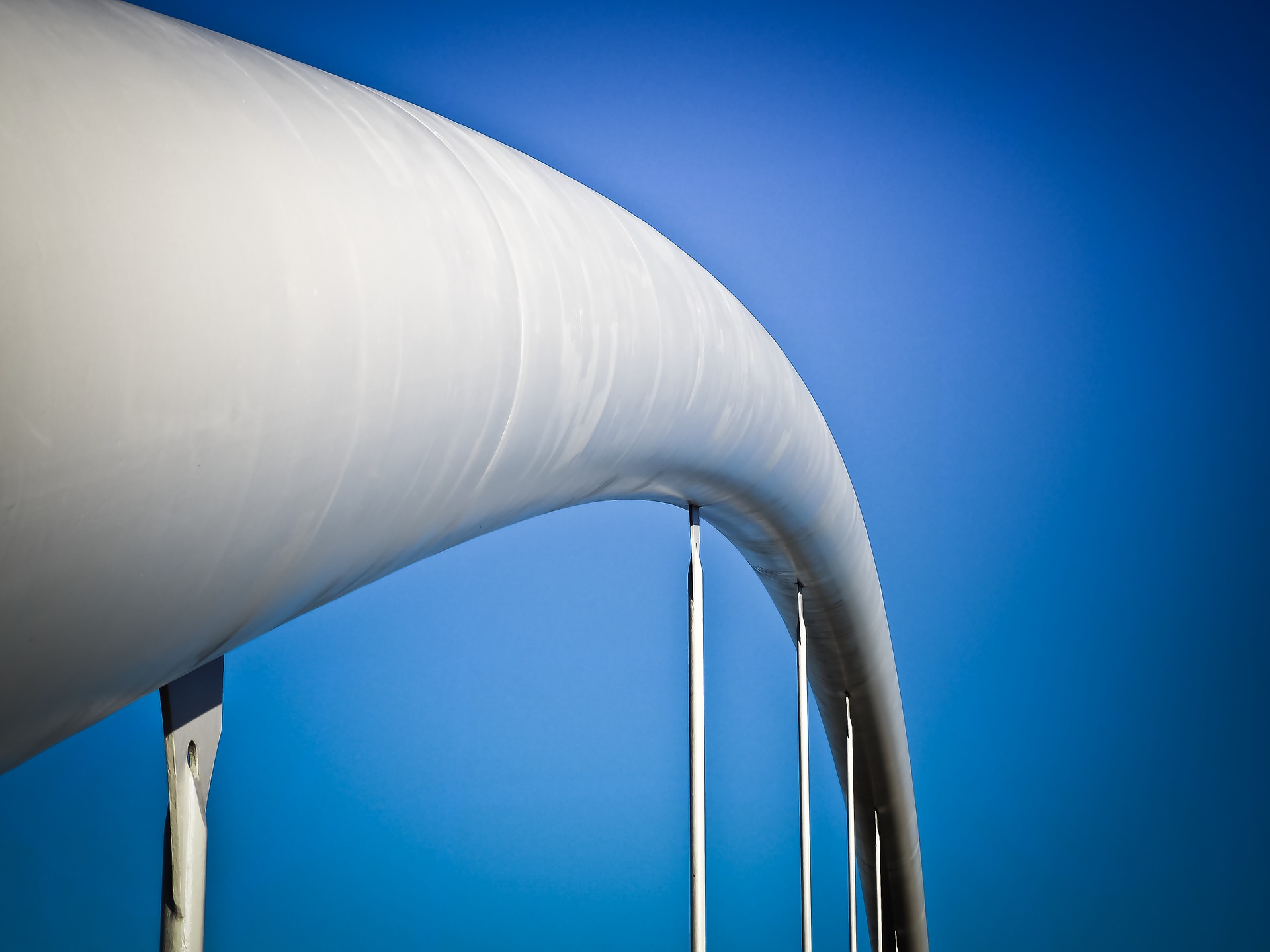Cured in place pipe is often treated as a miracle cure, rather than a reasonable, effective repair. While putting an entirely new pipe inside of your current pipe may seem magical, CIPP effectiveness is actually controlled by very mundane factors. These five factors determine long-term CIPP effectiveness.
1. Level of seal between host pipe and CIPP
There’s a common misconception that CIPP is glue-like when it’s first put in. It’s believed that the resin binds with the host pipe and that no gaps exist between the interior pipe and the host pipe. However, this isn’t true. The resin tends to shrink when it dries, and there’s not enough “stickiness” on any of the resins used for CIPP to glue the pipes together. Sealing the host pipe to the cured in place pipe is a separate step in the process. This is especially important around joints in the pipe. A tight seal around laterals and connections ensures that your CIPP stays effective in the long term.
2. Diameter of pipe
CIPP liners are not particularly thick. In most cases, there’s no real noticeable difference in water flow between a pipe and a relined pipe. In many cases, flow is improved. The larger the pipe, however, the more special challenges there are for CIPP installation. While government culverts and other large pipes are regularly lined, the diameter of the pipe does affect how effective CIPP can be. If your pipe is very large or very small, get a special consultation before the process begins.
3. Type of resin used
There are four common kinds of resin used for CIPP. There are other types as well, but these four make up the bulk of CIPP installations. They are ISO polyester, vinyl-ester, silicate, and epoxy. Each of these kinds of resin comes with their own pros and cons. Which type is best, depends on the kind of pipe you’re looking to reline.
4. Original cause of pipe problems
CIPP is a highly effective form of repair, for pipe problems such as aging. If the original cause had to do with other factors such as improper use of drains, like a clog caused by flushing inorganic material, then simply lining your pipes may not be enough to solve the issue of user error. Heavy loads and over-use causes pipe damage that should be discussed with your CIPP team before you begin the installation process.
5. Precision laterals
A good seal isn’t all you need when you’re joining laterals. Precisely placed, easy to install laterals are key to CIPP effectiveness. However, poor connections can negatively affect the pipe and the contents of the pipe. A thorough installation process is specially focused to help your relined pipe work seamlessly with the rest of the pipe network.
These factors have a huge influence over CIPP effectiveness. Many of them can be controlled for by talking with a CIPP installation team to find the best fit for your situation. There are pros and cons to every kind of resin lining. Consider that properly installed pipes do take care of laterals and seals.
